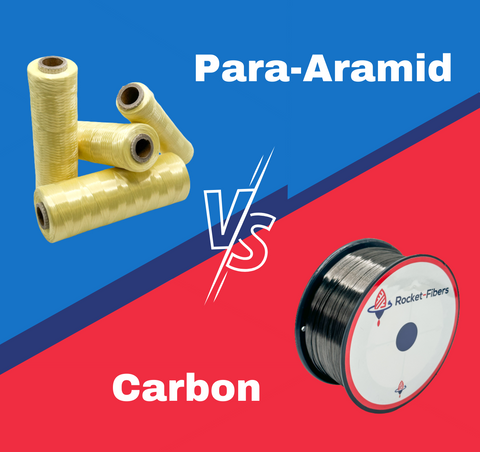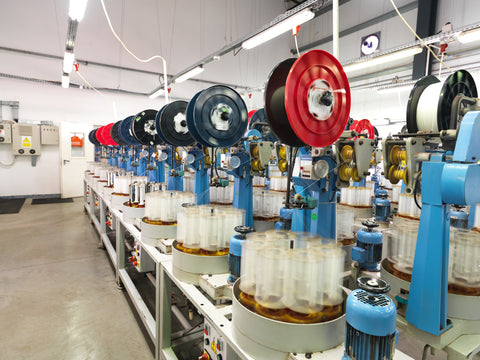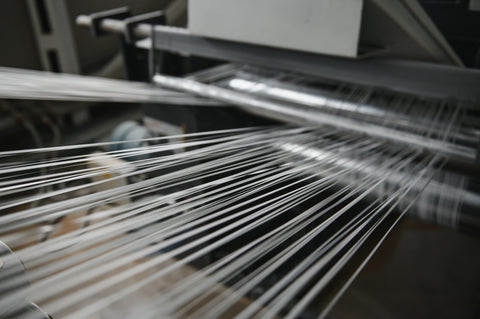When considering the choice between para-aramid fiber and carbon fiber, several technical factors come into play. One significant advantage of para-aramid fiber over carbon fiber is its superior strength-to-weight ratio. Para-aramid fibers, such as Kevlar, exhibit remarkable tensile strength while being lighter in weight compared to carbon fiber. This characteristic makes para-aramid fiber an attractive choice for applications where high strength and lightweight design are crucial considerations.
Another key advantage of para-aramid fiber is its excellent flame resistance. Para-aramid fibers have inherent flame-resistant properties, and they do not support combustion or melt. This flame resistance makes them well-suited for applications where fire safety is a critical requirement, such as protective clothing, aerospace components, or electrical insulation.
Although both para-aramid fiber and carbon fiber possess excellent thermal properties, carbon fiber has the advantage of withstanding even higher temperatures. Carbon fiber exhibits superior heat resistance and can maintain its structural integrity at elevated temperatures compared to para-aramid fiber. This makes carbon fiber a preferred choice in applications where exposure to extreme heat or prolonged high-temperature environments is anticipated.
In addition, carbon fiber has better resistance to ultraviolet (UV) radiation exposure compared to para-aramid fiber. Carbon fiber is known for its excellent UV resistance, making it more suitable for applications that involve prolonged exposure to sunlight or outdoor environments where UV radiation can degrade the fiber over time.
In summary, para-aramid fiber offers advantages over carbon fiber in terms of better strength-to-weight ratio, superior flame resistance, and excellent thermal properties for normal temperature applications. However, carbon fiber surpasses para-aramid fiber in extreme heat resistance, prolonged UV exposure resistance, and can withstand even higher temperatures. The selection between para-aramid fiber and carbon fiber depends on specific application requirements and the trade-offs between strength, flame resistance, thermal properties, and environmental factors.



